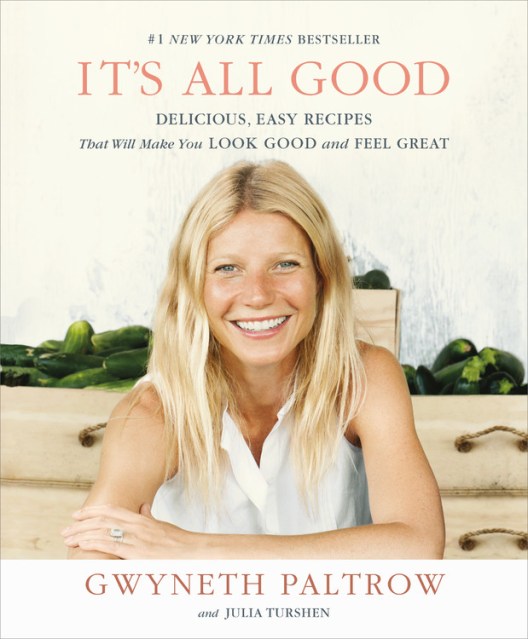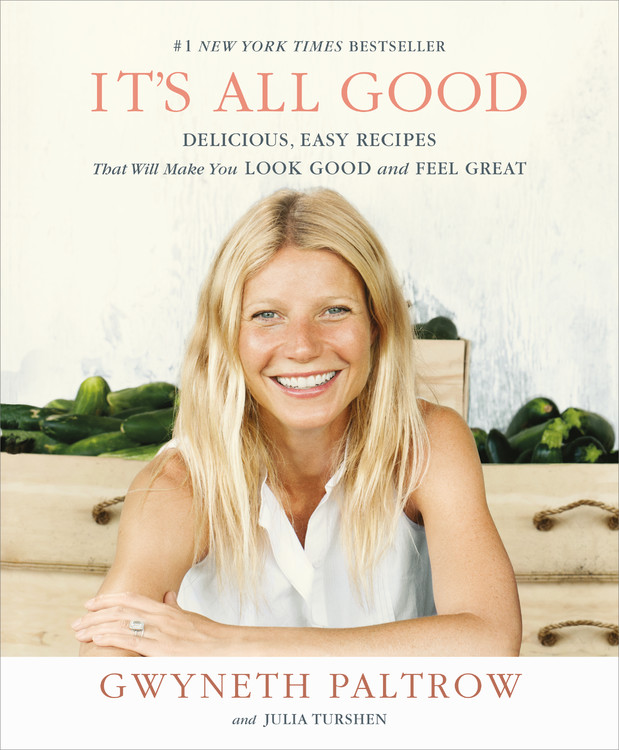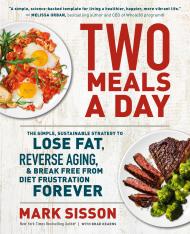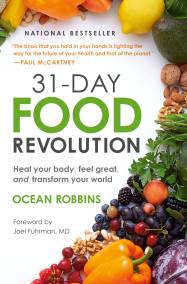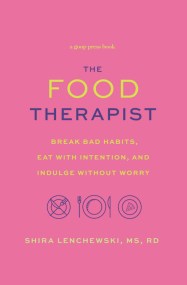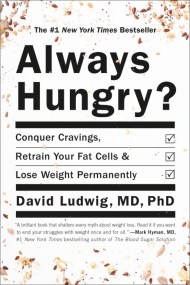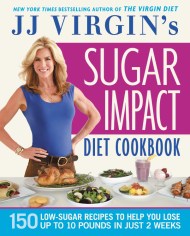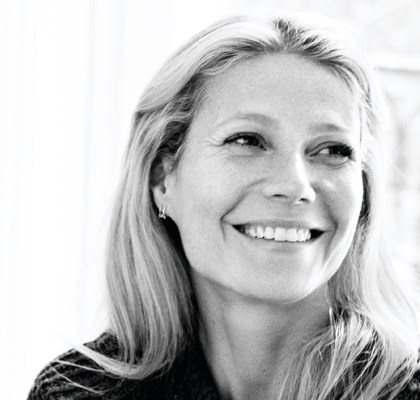Promotion
Use code BEST25 for 25% off storewide. Make sure to order by 11:59am, 12/12 for holiday delivery!
By clicking “Accept,” you agree to the use of cookies and similar technologies on your device as set forth in our Cookie Policy and our Privacy Policy. Please note that certain cookies are essential for this website to function properly and do not require user consent to be deployed.
It’s All Good
Delicious, Easy Recipes That Will Make You Look Good and Feel Great
Contributors
Formats and Prices
- On Sale
- Dec 29, 2020
- Page Count
- 304 pages
- Publisher
- Grand Central Publishing
- ISBN-13
- 9781455522699
Price
$19.99Price
$24.99 CADFormat
Format:
- Trade Paperback $19.99 $24.99 CAD
- Hardcover $35.00 $44.00 CAD
This item is a preorder. Your payment method will be charged immediately, and the product is expected to ship on or around December 29, 2020. This date is subject to change due to shipping delays beyond our control.
Buy from Other Retailers:
Last spring, after a particularly grueling schedule and lapse of overindulgence, Gwyneth Paltrow was feeling fatigued and faint. A visit to her doctor revealed that she was anemic, vitamin D deficient, and that her stress levels were sky high. He prescribed an elimination diet to clear out her system and help her body heal. But this meant no coffee, no alcohol, no dairy, no eggs, no sugar, no shellfish, no deep-water fish, no wheat, no meat, no soy, nothing processed at all!
An avid foodie, Paltrow was concerned that so many restrictions would make mealtime boring, so, together with Julia Turshen, she compiled a collection of 185 delicious, easy recipes that followed her doctor’s guidelines. And it worked! After changing her diet, Paltrow healed totally, felt more energetic and looked great. Now, in It’s All Good, she shares the go-to dishes that have become the baseline for the restorative diet she turns to whenever she feels she needs it. Recipes include: Huevos Rancheros, Hummus Tartine with Scallion-Mint Pesto, Salmon Burgers with Pickled Ginger, even Power Brownies, Banana “Ice Cream,” and more!
Newsletter Signup
By clicking ‘Sign Up,’ I acknowledge that I have read and agree to Hachette Book Group’s Privacy Policy and Terms of Use
